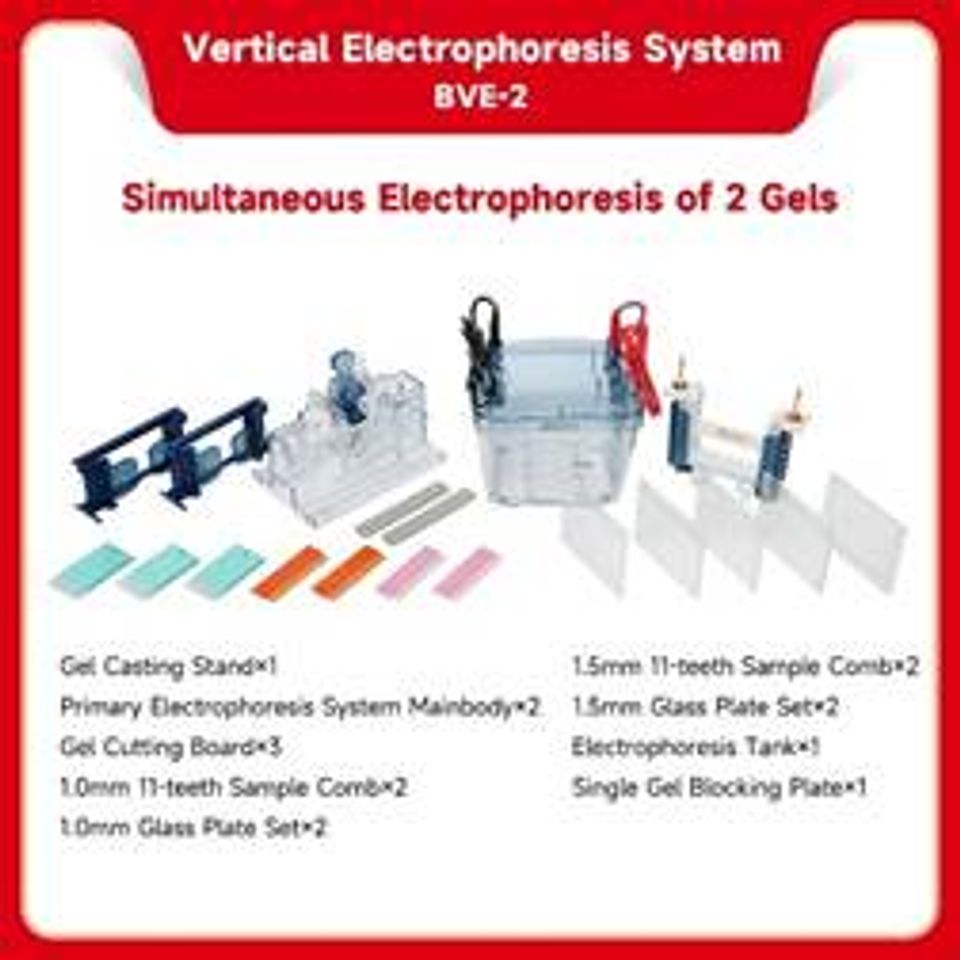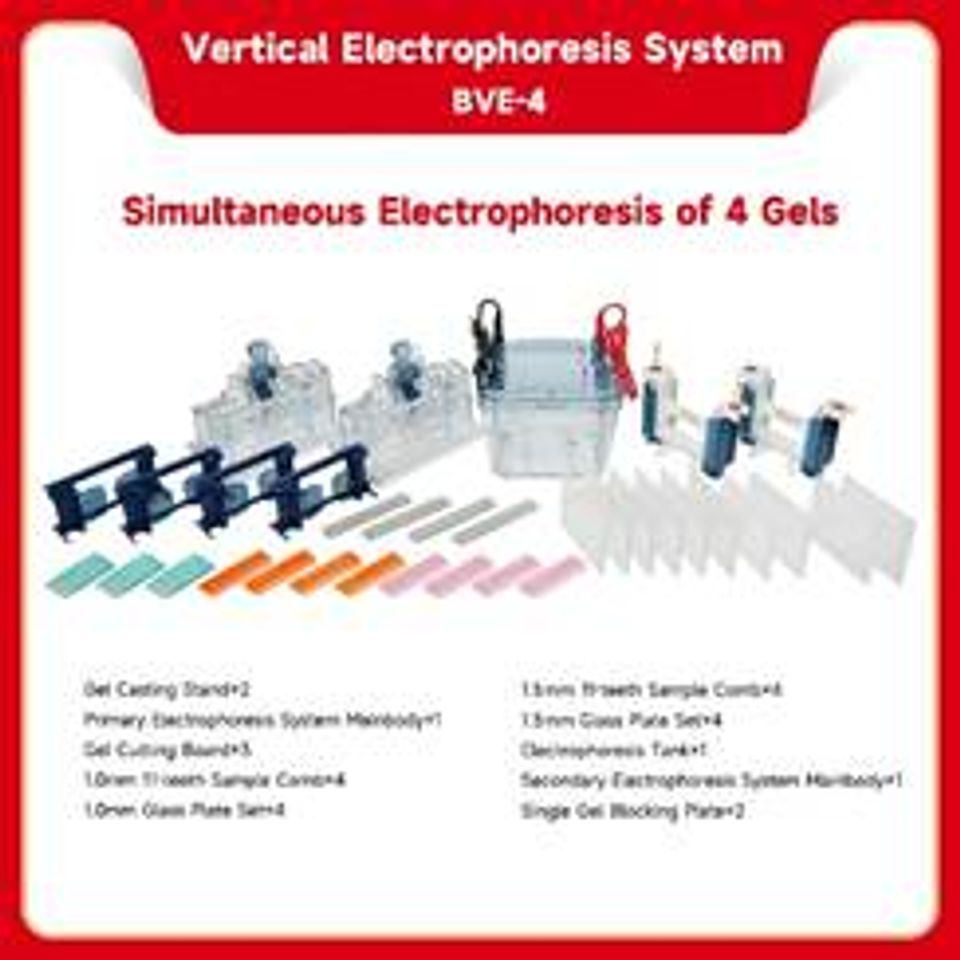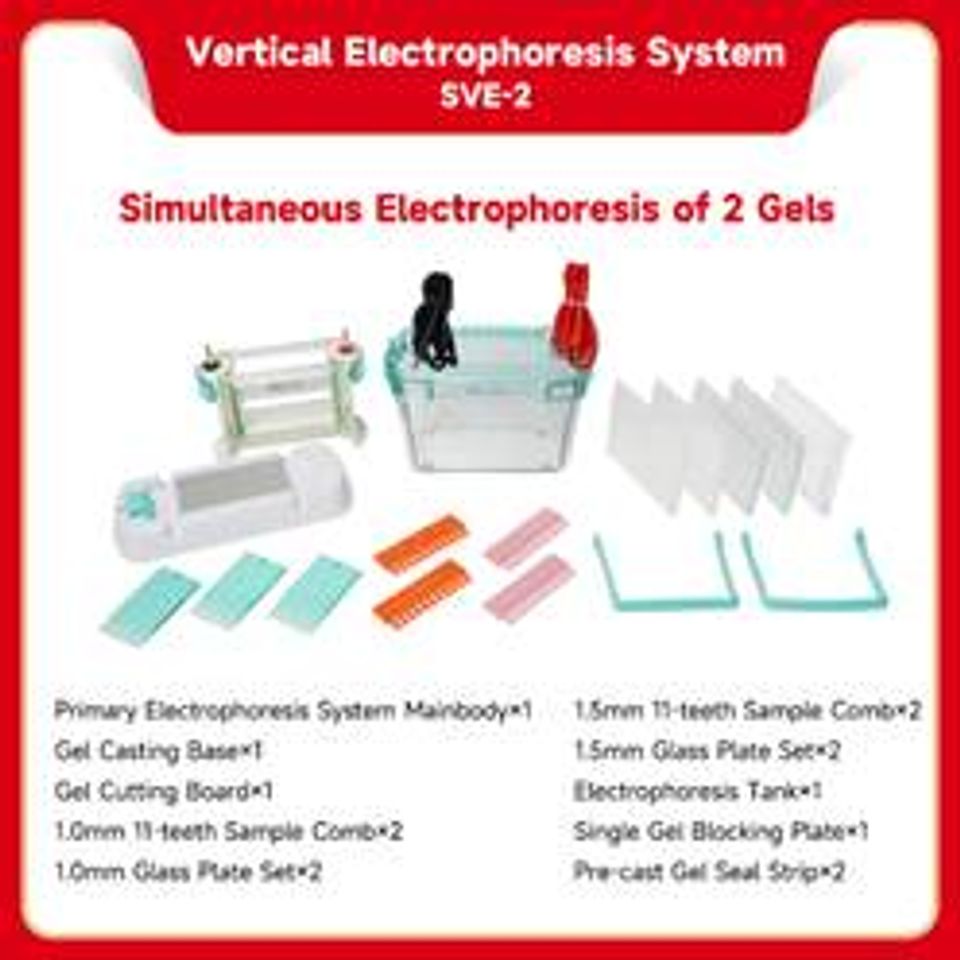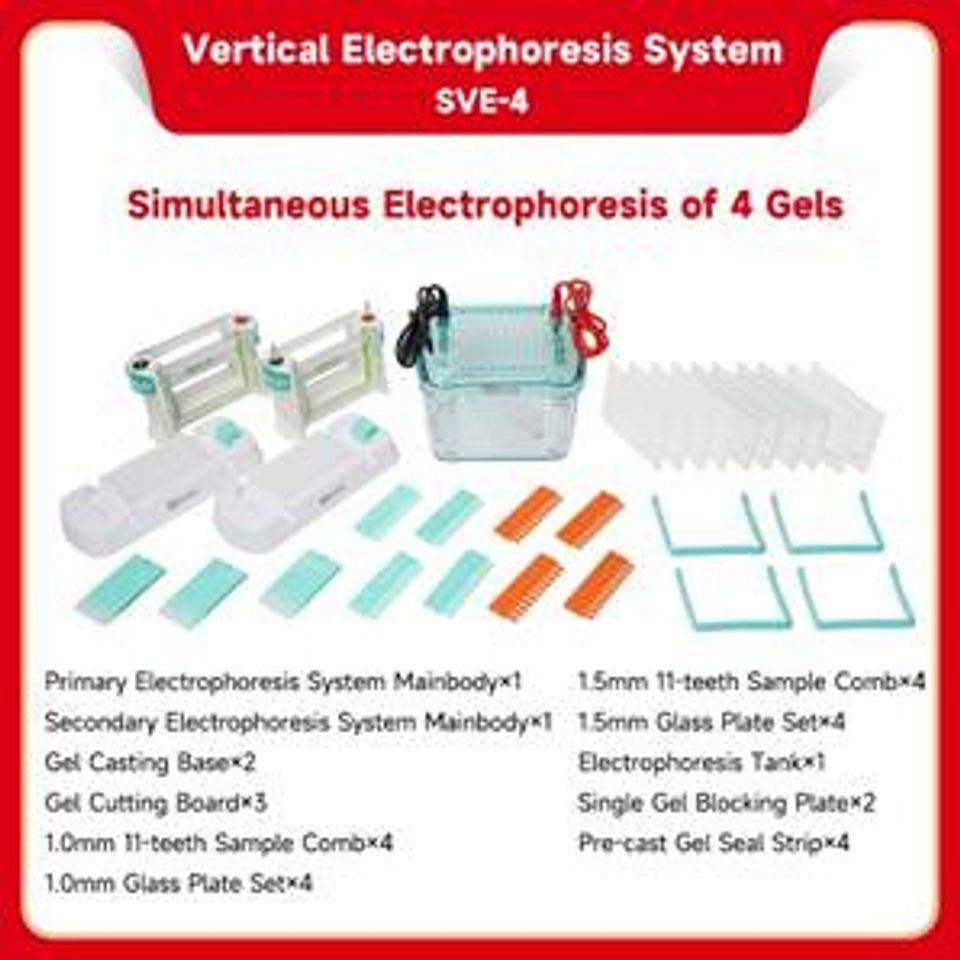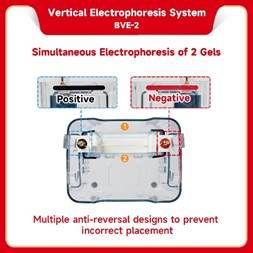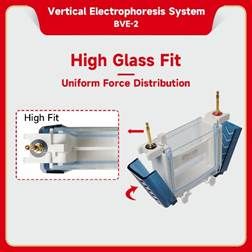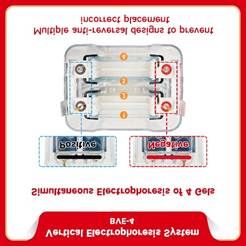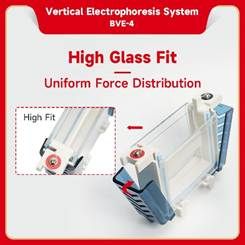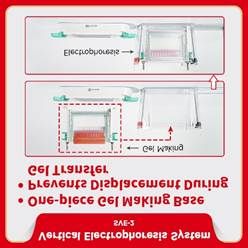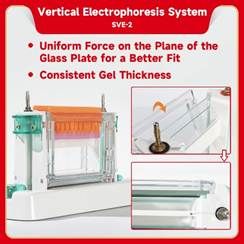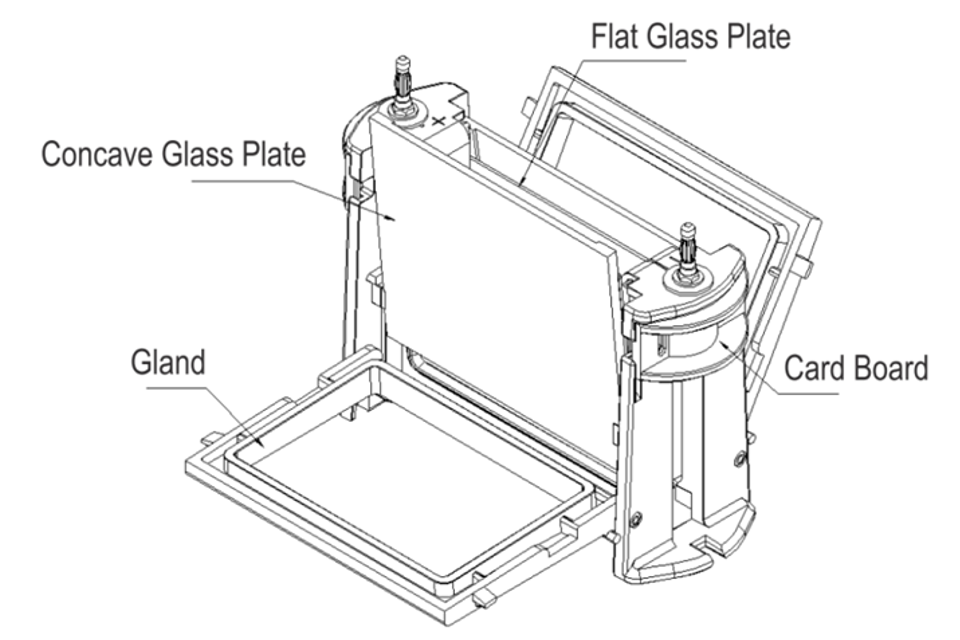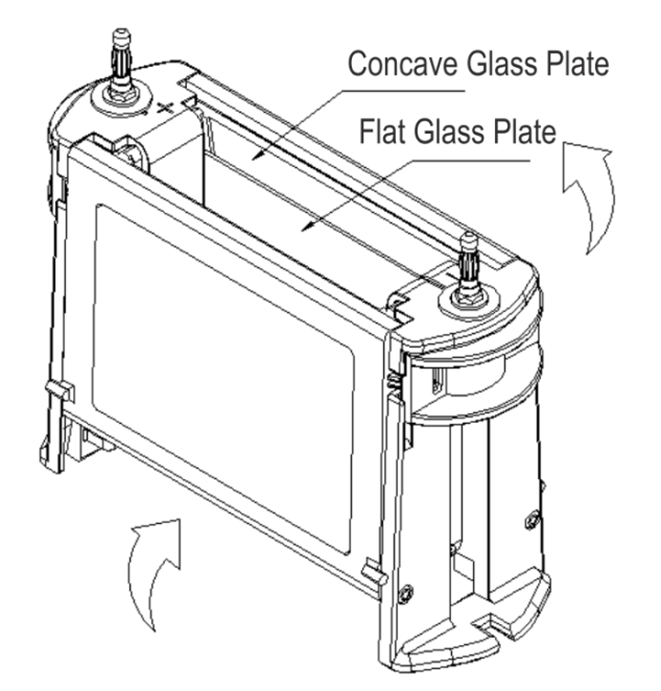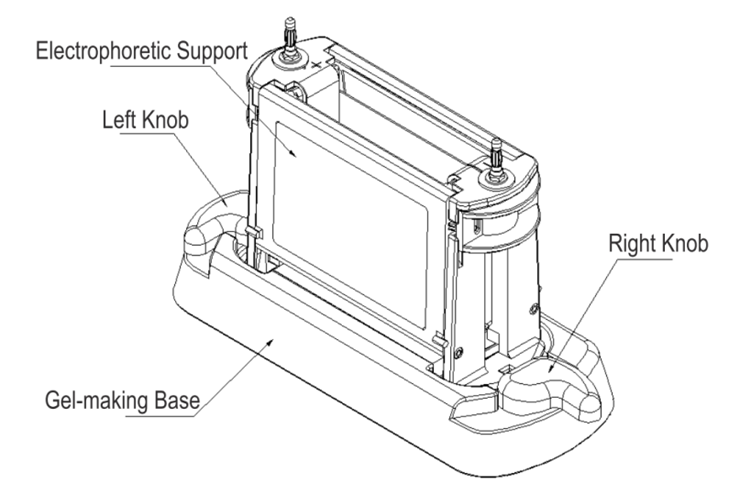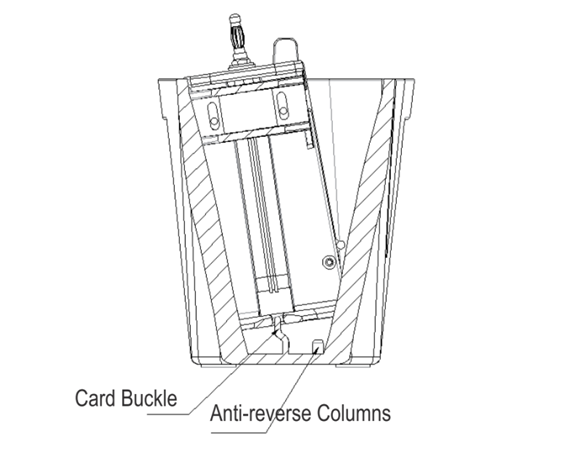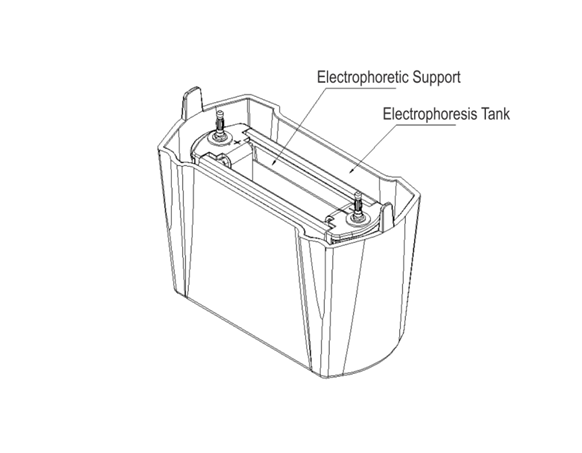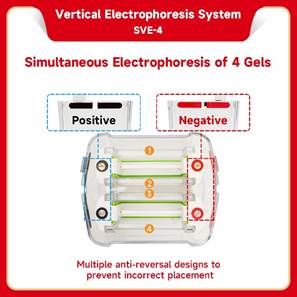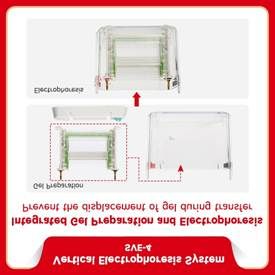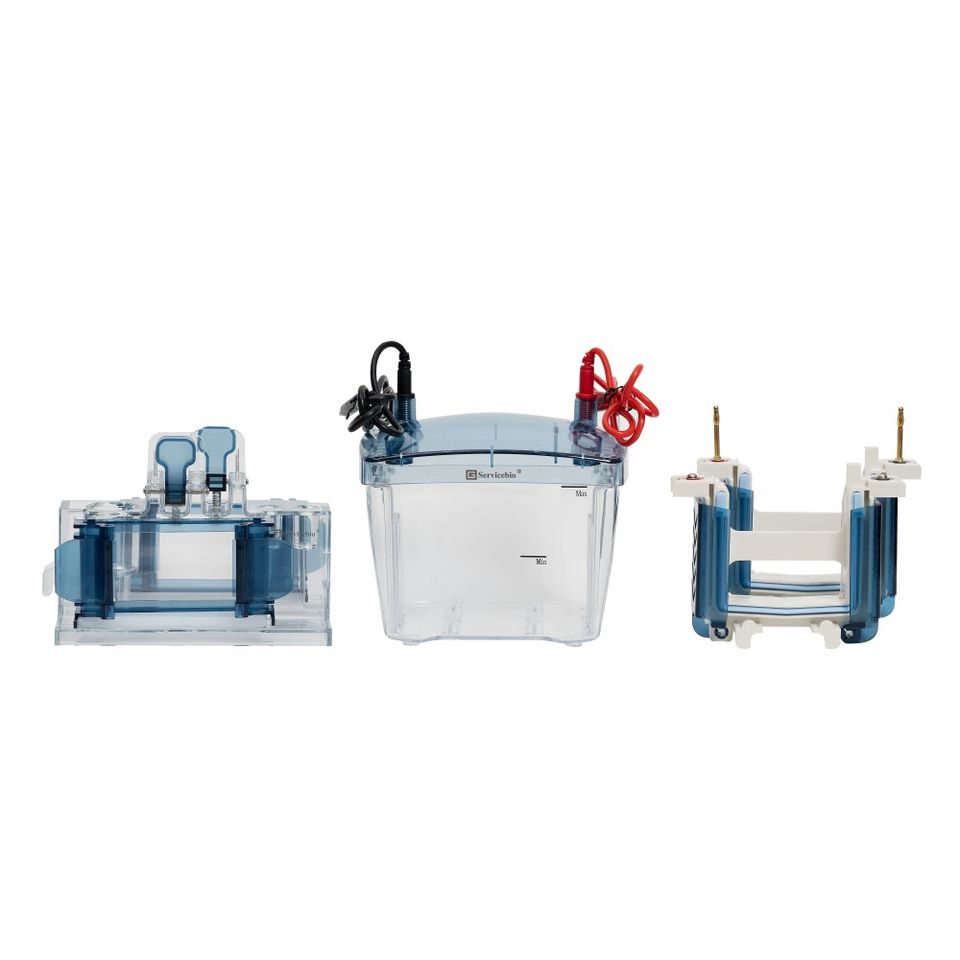
Electrophoresis Technology
Electrophoresis technology is widely applied across fields such as biological research, analytical and clinical chemistry, toxicology, pharmacology, immunology, and food chemistry. Electrophoresis refers to the migration of charged particles toward electrodes of opposite charge under a direct current electric field. This method enables the separation and analysis of small molecules and is frequently employed in modern medicine to study proteins, nucleic acids, enzymes, and even viral particles.
Beyond protein separation and quantification, electrophoresis has numerous emerging applications in immunology. For example, it is used for the electrophoretic determination of hepatitis B antigen (HBAg) in diagnosing hepatitis B and alpha-fetoprotein (AFP) in detecting primary liver cancer.
This versatile technology continues to play a critical role in research and clinical diagnostics, offering precise, reliable, and reproducible results for a wide range of molecular analyses.
Beyond protein separation and quantification, electrophoresis has numerous emerging applications in immunology. For example, it is used for the electrophoretic determination of hepatitis B antigen (HBAg) in diagnosing hepatitis B and alpha-fetoprotein (AFP) in detecting primary liver cancer.
This versatile technology continues to play a critical role in research and clinical diagnostics, offering precise, reliable, and reproducible results for a wide range of molecular analyses.

